

— Blogs —
—Products—
 Consumer hotline +8618073152920
Consumer hotline +8618073152920 WhatsApp:+8615367865107
Address:Room 102, District D, Houhu Industrial Park, Yuelu District, Changsha City, Hunan Province, China
Product knowledge
Time:2025-07-26 16:41:04 Popularity:782

Irrigation has always been a critical component of agricultural production and garden maintenance. However, traditional irrigation methods have several drawbacks that fail to meet the demands of modern society.
Traditional irrigation relies heavily on manual experience, with irrigation timing and water volume being determined by visual observation and subjective judgment. Farmers or landscapers need to frequently check the soil moisture and plant growth status, which consumes a significant amount of time and effort, and accuracy is hard to guarantee. Over-irrigation often occurs, leading to the waste of large amounts of water and possible waterlogging, which deprives plant roots of oxygen and may cause diseases. On the other hand, under-irrigation is also a common issue, resulting in slow plant growth, poor development, and reduced crop yield, as well as impaired landscaping aesthetics.
In addition, traditional irrigation is inefficient and difficult to scale. In large fields or gardens, manual operation of irrigation equipment is slow and fails to ensure even distribution of water. Different areas may have varying plant growth due to uneven irrigation, affecting overall production efficiency and landscape aesthetics.
The intelligent irrigation system, based on soil moisture sensors, provides an efficient and environmentally friendly solution for modern agriculture. This article will introduce the working principle, advantages, and recommended sensor models of soil moisture sensors in irrigation systems, offering practical guidance for agricultural practitioners.
An intelligent irrigation system consists of three core components:
1. Sensors: Soil moisture sensors measure the water content at various soil depths and provide precise soil moisture data. Additionally, meteorological sensors collect environmental information such as temperature, humidity, rainfall, light, and wind speed, providing critical input for irrigation decisions.
2. Controller: Serving as the "brain" of the system, the controller analyzes sensor data and calculates the water requirements of crops based on factors such as growth stage, soil type, and weather conditions. When soil moisture drops below a set threshold, the controller automatically triggers the irrigation system.
3. Actuators: These include water pumps, solenoid valves, and sprinklers, which execute the irrigation plan. Water is precisely delivered via drip irrigation, micro-spraying, or subsurface irrigation to ensure uniform distribution of moisture.
This closed-loop system effectively reduces water wastage, minimizes manual labor, and adapts to changing environmental conditions, making it highly suitable for modern agricultural needs.
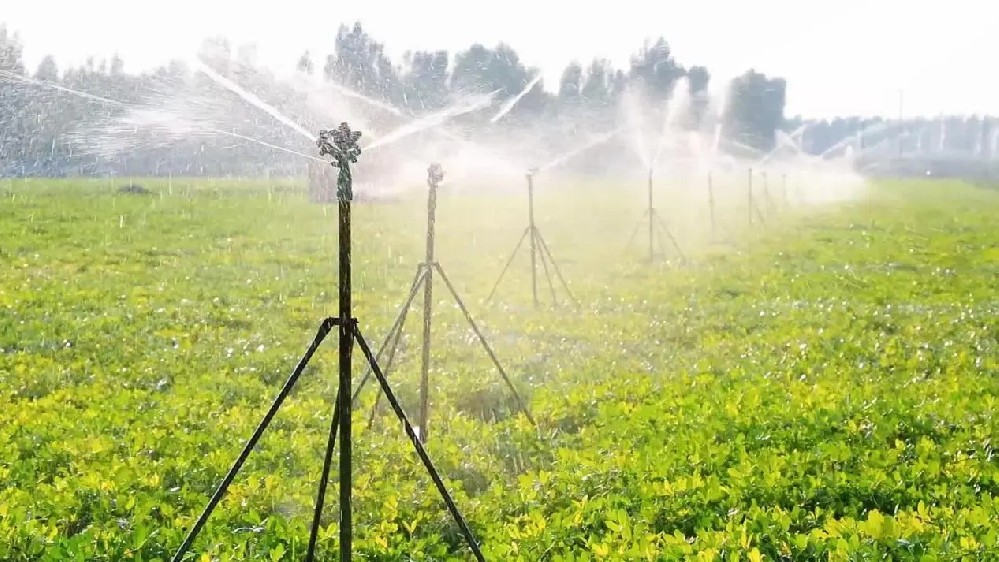
- Soil Monitoring: Soil moisture sensors (layered monitoring at depths such as 10cm/30cm/60cm).
- Soil Conductivity (EC) Sensors: Assessing salt accumulation risks.
- Meteorological and Environmental Monitoring: Small meteorological stations (rainfall, evaporation, temperature, humidity, wind speed).
- Plant Physiological Sensors: Stem flow meters, leaf humidity sensors.

- Crop Water Requirement Model: Based on crop type, growth stage, and root depth to calculate water requirements, combined with weather forecasts for future water needs (e.g., drought alerts).
- Irrigation Equipment: Drip tapes/micro-sprinklers (water-saving, precise to root zone).
- Intelligent Valves: Zone control to adjust water distribution according to different land needs.
- Water-Fertilizer Integration Machines: Adjust nutrient liquid concentration as needed.
- Control Methods: Automatic mode (sensor-triggered irrigation), remote manual intervention (via mobile app or web platform).
- Rainwater collection system, water quality filters (to prevent clogging of drippers).
- Pressure sensors + variable-frequency pumps (to maintain stable pipeline pressure).

1. Drip/Micro-Irrigation System: Suitable for fruit trees, vegetables, and other cash crops, achieving a water-saving rate of 30-60%.
2. Sprinkler Irrigation System: For field crops (such as wheat, corn), using mobile sprinkler machines or fixed sprinklers for coverage.
3. Subsurface Irrigation: Pipes buried underground directly wetting the root zones, reducing evaporation losses.
4. Smart Variable Rate Irrigation (VRI): Combines GIS maps and soil moisture differences to regulate water distribution within the same field.
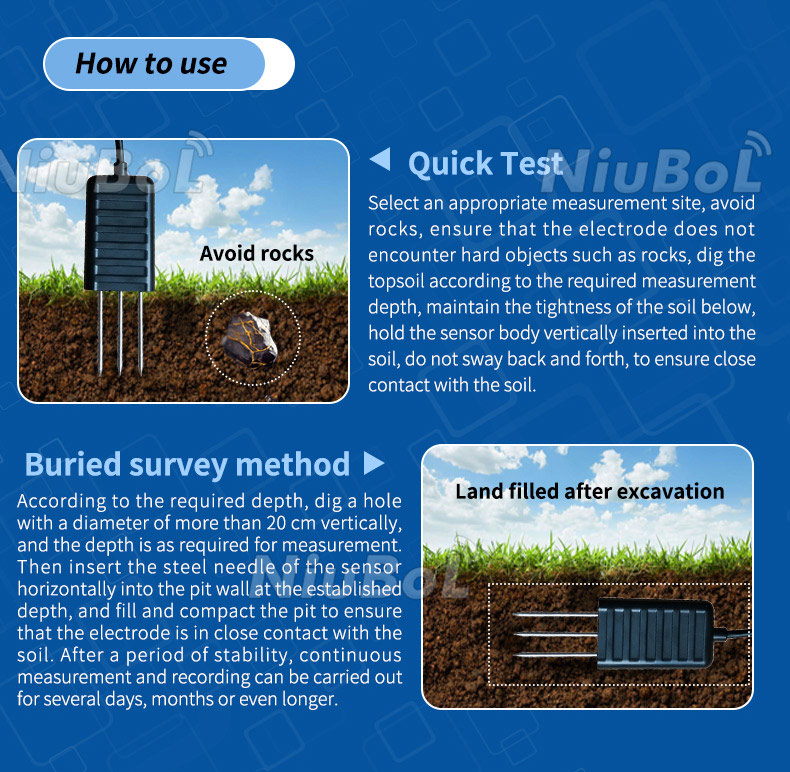
1. Water Conservation: Compared to traditional irrigation, smart irrigation systems can improve water utilization efficiency by 20-30%. By monitoring soil moisture in real time, the system ensures crops receive the optimal amount of water, preventing over-irrigation and runoff waste. This is especially important in water-scarce regions.
2. Improved Soil Health: Over-irrigation may lead to soil salinization or compaction, while insufficient irrigation may cause drought stress. Smart irrigation systems maintain stable soil moisture, promote microbial activity and nutrient absorption, enhance soil fertility, and ensure long-term productivity.
3. Reduced Environmental Pollution: Traditional irrigation often leads to runoff pollution of water bodies due to excessive use of fertilizers and pesticides. Smart irrigation reduces chemical runoff by providing precise water and fertilizer application, protecting surrounding water bodies and the ecosystem.
4. Reduced Energy Consumption: The intelligent system optimizes pump operation time and power based on actual needs, reducing energy waste. Automation also reduces manual labor costs and increases irrigation efficiency.
5. Flexibility and Scalability: Whether for small family farms or large commercial farms, the smart irrigation system can be adapted to different crops and terrains. The system can be integrated with drip, sprinkler, or subsurface irrigation devices, making it suitable for orchards, vineyards, grain crops, and urban landscaping.
Precision irrigation systems are modern agricultural water management solutions based on real-time environmental data, crop water needs, and intelligent control technologies. By dynamically adjusting irrigation volumes, timing, and methods, these systems achieve efficient water usage and maximize crop yield. The core objective is to reduce waste, avoid over-irrigation (e.g., soil salinization), and adapt to climate changes, making it a key practice for smart agriculture and sustainable development.
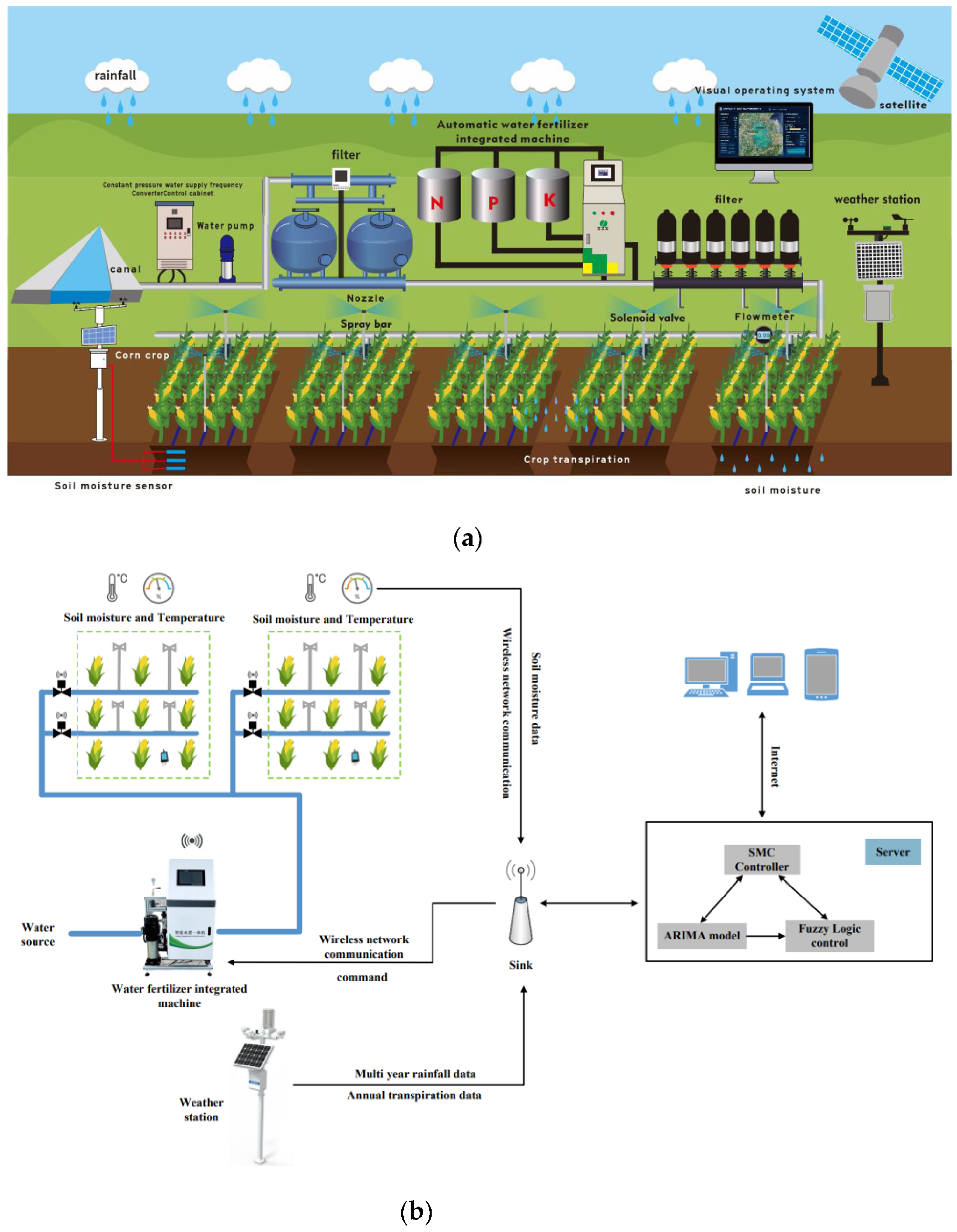
To meet the needs of precision irrigation, Niubol offers two high-performance soil moisture sensors, combining reliability and durability:
- Simultaneously measures soil moisture and temperature.
- Corrosion-resistant alloy electrodes, shock-resistant, suitable for long-term use.
- IP68 sealed design, can be buried in soil or water for dynamic monitoring.
- Uses FDR (Frequency Domain Reflectometry) technology, fast response, high accuracy.
- Supports RS485 and Modbus protocols for easy system integration.
- Moisture measurement range: 0-100% RH, accuracy: ±5%
- Temperature measurement range: -40°C to 80°C, accuracy: ±0.5°C
- Power supply: DC 5V-24V
- Dimensions: 45 x 15 x 135 mm, electrode length: 50 mm
- Application Scenarios: Suitable for greenhouses, orchards, pastures, and research experiments.
- Uses electromagnetic wave pulse technology to measure soil moisture and temperature with stable data.
- Unaffected by fertilizers or metal ions in the soil, providing reliable data.
- Supports multiple output methods (RS485, 4-20mA, 0-5V), offering strong flexibility.
- IP68 protection level, suitable for harsh field environments.
- Low power consumption (0.3W), energy-saving and environmentally friendly.
- Moisture measurement range: 0-100% RH, accuracy: ±3%
- Temperature measurement range: -50°C to 100°C, accuracy: ±0.5°C
- Power supply: DC 12-24V
- Operating environment: -40°C to 80°C
- Application Scenarios: Suitable for vegetable cultivation, water-saving irrigation, greenhouse management, and soil rapid testing.
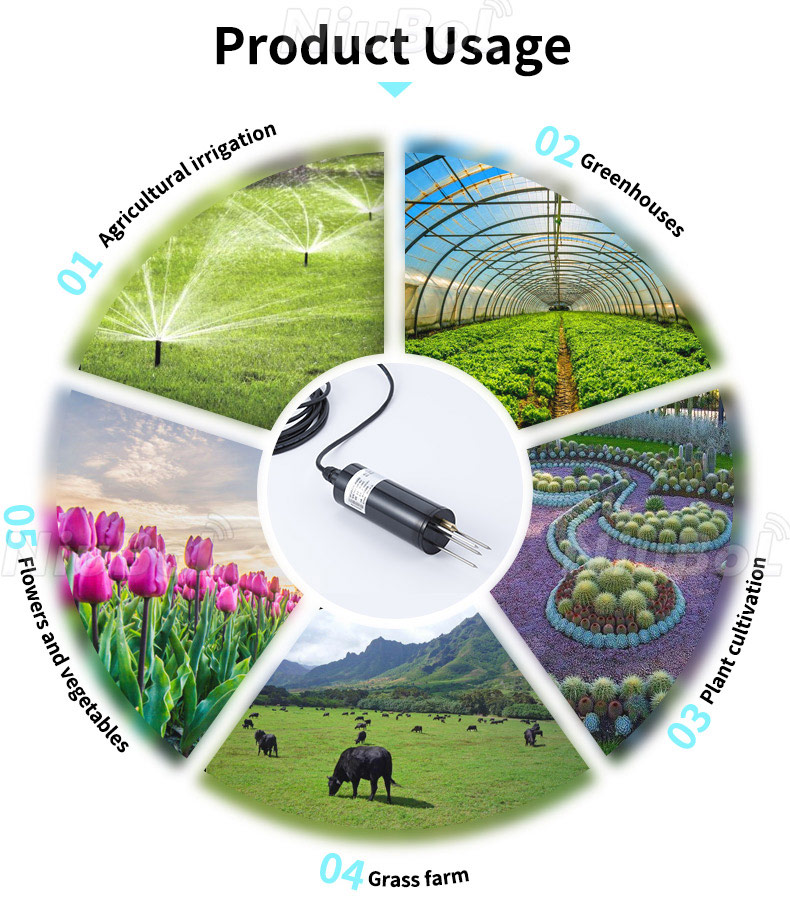
1. Arid and Semi-Arid Regions: Precision water control to address water scarcity (e.g., desert agriculture in Israel).
2. Facility Agriculture: Linked environmental control within greenhouses or tunnels (e.g., automatic ventilation after irrigation).
3. Sloped Land and Terraced Fields: Pressure-compensating drip emitters adapted to terrain elevation differences, ensuring even water distribution.
4. Saline-Alkaline Soil Improvement: Dynamic leaching of salts based on soil EC values to prevent salinity damage.
5. Urban Landscaping and Gardens: Smart sprinkler irrigation, segmented by plant species, reducing municipal water pressure.
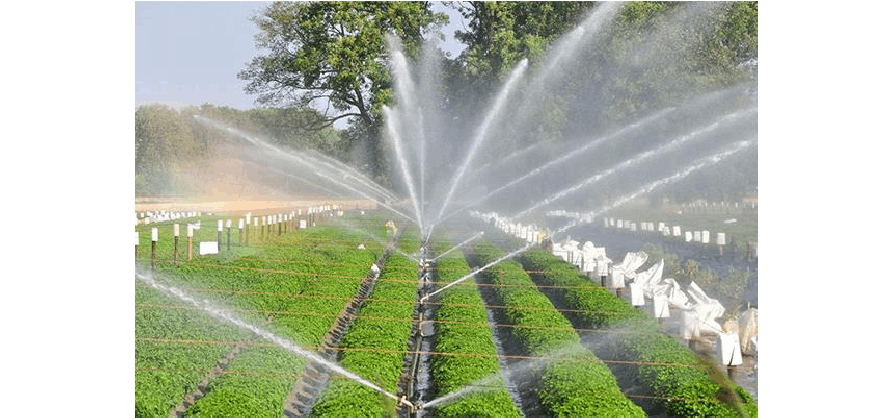
Globally, soil moisture sensor irrigation systems are transforming agricultural production methods. In dry regions like Australia and California, smart irrigation systems have increased water utilization efficiency by up to 40%, helping farmers maintain high yields with limited water resources. In greenhouse agriculture, sensors combined with drip irrigation have improved the quality of high-value crops (such as tomatoes and strawberries). Urban landscaping projects have also benefited from automated irrigation, reducing water costs while maintaining the beauty of public green spaces.
Although intelligent irrigation systems offer significant advantages, farmers should pay attention to the following points during deployment:
Sensor Calibration: Different soil types (e.g., clay and sandy soils) may affect the accuracy of the sensors, and regular calibration is necessary.
Initial Investment: High-quality sensors and systems require an initial investment, but long-term water savings and labor reduction can offset the cost.
Power Supply Assurance: In remote areas, solar-powered sensors can ensure continuous operation, but backup batteries should be provided to handle rainy weather.
Device Maintenance: Regular cleaning and inspection of the sensors are necessary to prevent data discrepancies and ensure long-term stability of the system.
The core function of soil moisture monitoring stations is "accurate sensing + intelligent decision-making." The equipment is equipped with high-precision sensors that can monitor soil moisture at different depths (such as 10cm, 30cm, and 50cm) and simultaneously record soil temperature, electrical conductivity, and other data. For example, in maize cultivation, when the moisture content in the root zone falls below the threshold, the system will trigger an irrigation reminder. In fruit tree cultivation, temperature changes can predict the risk of frost damage, allowing preventive measures to be taken in advance. All data is transmitted wirelessly to the cloud, and farmers can view historical curves and real-time status anytime via a mobile app.
Compared to traditional irrigation methods, the advantage of soil moisture monitoring stations lies in "demand-based supply" and "resource conservation." Manual irrigation often leads to over-watering the surface soil while deep layers remain dry due to the inability to monitor moisture at deeper levels. However, the system can accurately locate water-deficient areas, avoiding "flood irrigation." For example, in vegetable greenhouses, when used with a drip irrigation system, the monitoring station can improve water-saving efficiency by more than 40%. In rainfed agricultural regions, farmers can seize the best irrigation timing by monitoring soil moisture dynamics, reducing ineffective evaporation. Moreover, the system supports multi-site networking, which allows for differentiated irrigation management across different plots.
From a technical perspective, the soil moisture monitoring station's design balances practicality and durability. The sensors use FDR (Frequency Domain Reflectometry) technology, offering strong anti-interference ability and a data error rate of less than 3%. The outer shell is made of high-strength engineering plastics, resistant to corrosion and pressure, making it suitable for complex field environments. The system supports both solar and battery power modes, ensuring stable operation for over 30 days even during continuous rainy weather. Data transmission uses LoRa or 4G networks to ensure signal stability in remote areas. In addition, some devices are equipped with threshold alarm functions, automatically sending alerts when soil moisture is abnormal.
However, when selecting soil moisture monitoring stations, farmers should also pay attention to a few points: First, choose the sensor installation depth based on the root depth of the crop. For shallow-rooted crops (such as strawberries), the 10-20cm soil layer should be monitored, while deep-rooted crops (such as fruit trees) require monitoring at depths of 30-50cm. Secondly, attention should be given to data interpretation capabilities. Some devices offer visualizations of moisture levels (such as dry, suitable, or overly wet), which lowers the usage threshold. Lastly, after-sales service is also important. Regular sensor calibration and device maintenance ensure long-term accuracy.
The Niubol NBL-S-TM and NBL-S-THR sensors provide reliable tools for farmers, helping to save water resources, improve soil health, and increase crop yields. In the face of water shortages and increasing climate change, intelligent irrigation systems are a crucial step towards achieving food security and environmental protection. By adopting this technology, your farm will move towards a more efficient and sustainable future.
1.NBL-S-THR Soil Temperature Moisture Sensor datasheet
NBL-S-THR-Soil-temperature-and-moisture-sensors-Instruction-Manual-V4.0.pdf
2. NBL-S-TMC Soil Temperature Moisture EC Sensor datasheet
NBL-S-TMC-Soil-temperature-and-moisture-conductivity-sensor.pdf
3. NBL-S-TM Soil Temperature Moisture Sensor datasheet
NBL-S-TM-Soil-temperature-and-moisture-sensor-Instruction-Manual-4.0.pdf
4. NBL-S-TMCS Soil Temperature, Moisture, Conductivity and Salinity Integrated Sensor
NBL-S-TMCS-Soil-Temperature-Humidity-Conductivity-and-Salinity-Sensor.pdf
Related recommendations
Sensors & Weather Stations Catalog
Agriculture Sensors and Weather Stations Catalog-NiuBoL.pdf
Weather Stations Catalog-NiuBoL.pdf
Related products
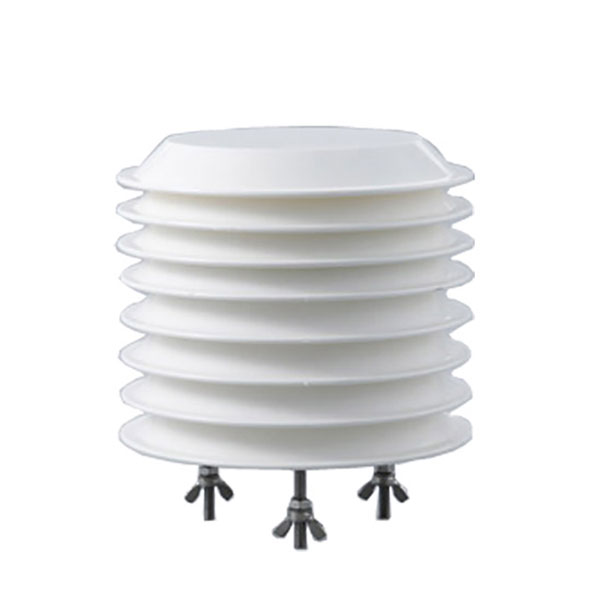 Combined air temperature and relative humidity sensor
Combined air temperature and relative humidity sensor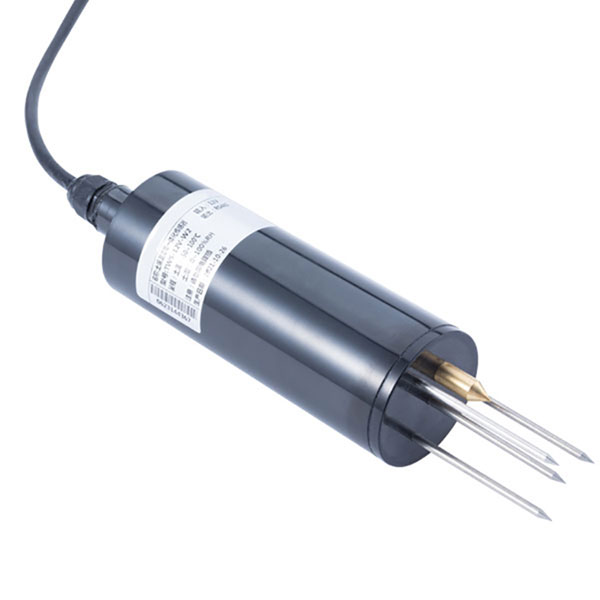 Soil Moisture Temperature sensor for irrigation
Soil Moisture Temperature sensor for irrigation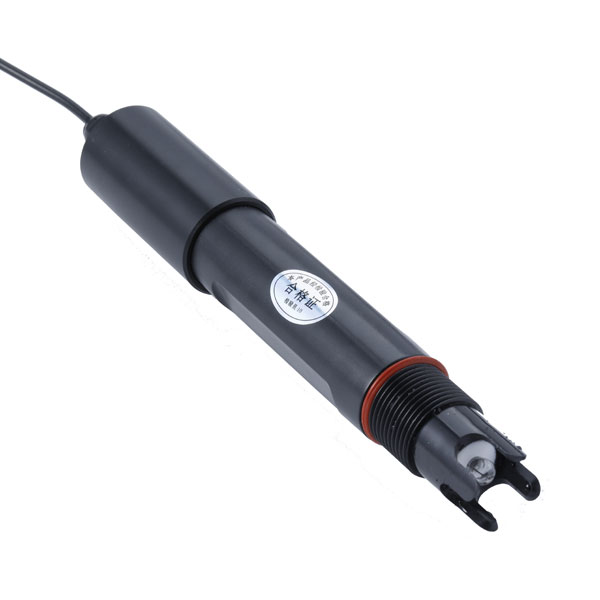 Soil pH sensor RS485 soil Testing instrument soil ph meter for agriculture
Soil pH sensor RS485 soil Testing instrument soil ph meter for agriculture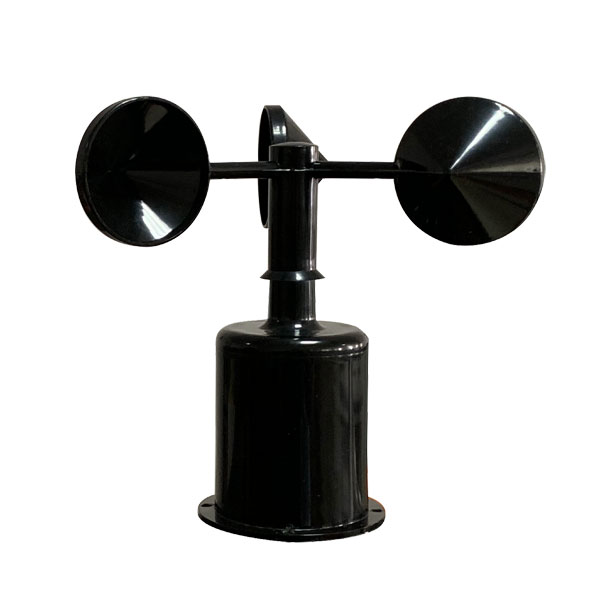 Wind Speed sensor Output Modbus/RS485/Analog/0-5V/4-20mA
Wind Speed sensor Output Modbus/RS485/Analog/0-5V/4-20mA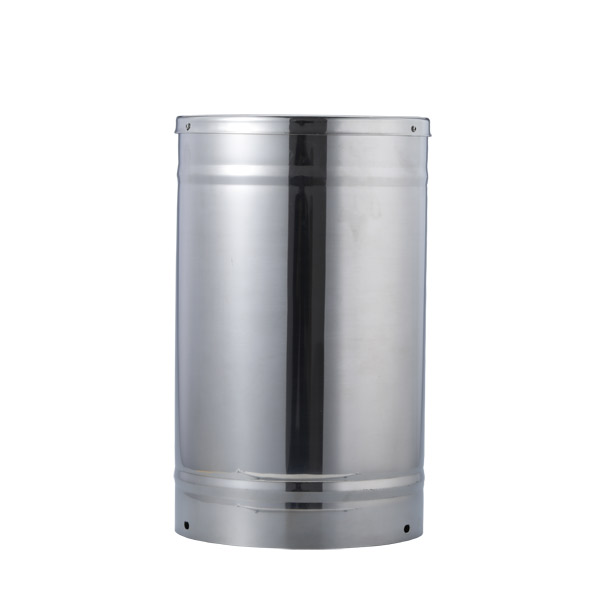 Tipping bucket rain gauge for weather monitoring auto rainfall sensor RS485/Outdoor/stainless steel
Tipping bucket rain gauge for weather monitoring auto rainfall sensor RS485/Outdoor/stainless steel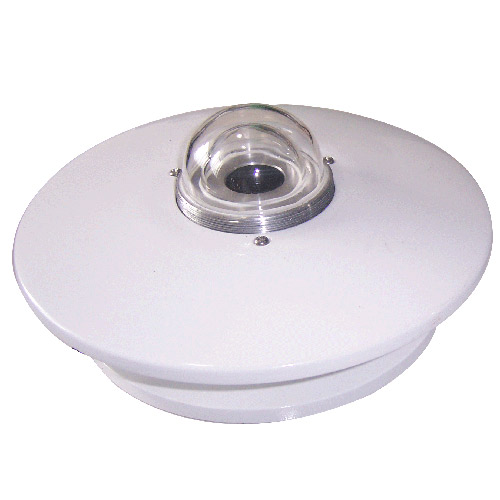 Pyranometer Solar Radiation Sensor 4-20mA/RS485
Pyranometer Solar Radiation Sensor 4-20mA/RS485
Screenshot, WhatsApp to identify the QR code
WhatsApp number:+8615367865107
(Click on WhatsApp to copy and add friends)
